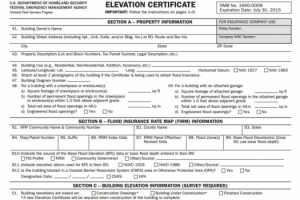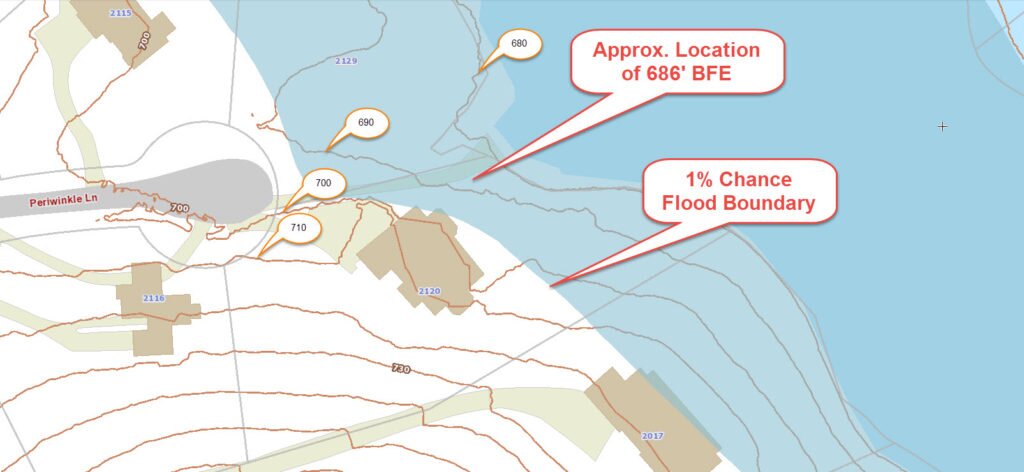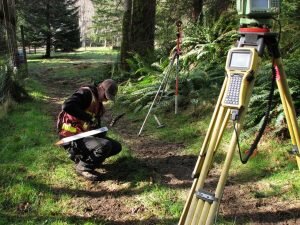Both property surveying and boundary surveying dates back in ancient history to the Egyptians who surveyed farm sites along the Nile River after every flood event.
Boundary Surveying Today
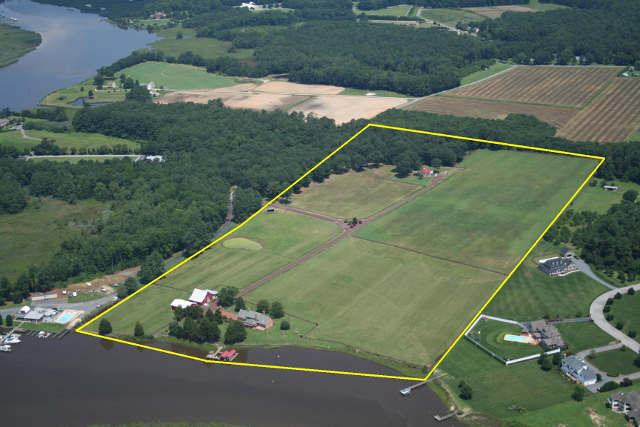
Surveying is used for many reasons today. A property survey or boundary survey is completed to establish a specific location of a parcel of land along with its exact acreage. It is used to determine the boundaries of an area of ownership.
It is also used to identify a piece of property by a written legal description or to provide a review of the accuracy of an existing description. This data is of the utmost importance with regard to buying and selling land, and is also used to insure a clear title to the land. Here’s a little more about boundary surveying.
There are many different kinds of surveys that can be performed. Boundary surveying is typically done for undeveloped land. A lot survey or closing survey is typically done to re-establish the boundary of a previously established parcel of land.
These types of surveys measure the actual physical extent of the property in question. Most surveys progress through the basic procedures regardless of the type being done.
Any pertinent deeds, contracts, maps or other documents that contain a description of the property’s boundaries are located, studied and interpreted. A determination is made of what the actual property description says, along with the locations of any physical evidence of the boundaries.
This can be in the form of both natural and man-made monuments or markers that exist in the field. The property is then measured to establish the boundary, not only using the appropriate existing monuments but with setting new markers where necessary.
Measurements are accomplished using a total station and other surveying tools. A total station measures both vertical and horizontal angles, as used in triangulation networks. After these steps are accomplished, the property description and plat are prepared.
Boundary Surveying: Interpreting results
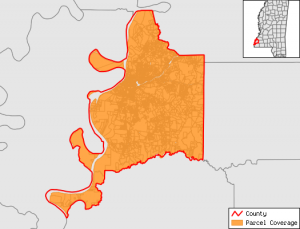 Interpreting the results of boundary surveying is not as difficult as it may first seem. For instance, a property plat will usually contain a directional orientation which is typically indicated with an arrow pointing north.It will contain the bearing and distance of each boundary line, the property lines of other properties shown on the plat, and the names of adjacent property owners listed in the areas of their property.
Interpreting the results of boundary surveying is not as difficult as it may first seem. For instance, a property plat will usually contain a directional orientation which is typically indicated with an arrow pointing north.It will contain the bearing and distance of each boundary line, the property lines of other properties shown on the plat, and the names of adjacent property owners listed in the areas of their property.
Corner monuments, along with the names of any natural monuments (such as “Smith’s Creek”, for example) or a brief description of any unnamed natural monuments (such as the “30-inch oak tree”) are on the plat.
There is also a title block containing the property’s location and owner name, the land surveyor’s name and license number, the date the survey was performed, the scale of the plat and any other relevant data.

